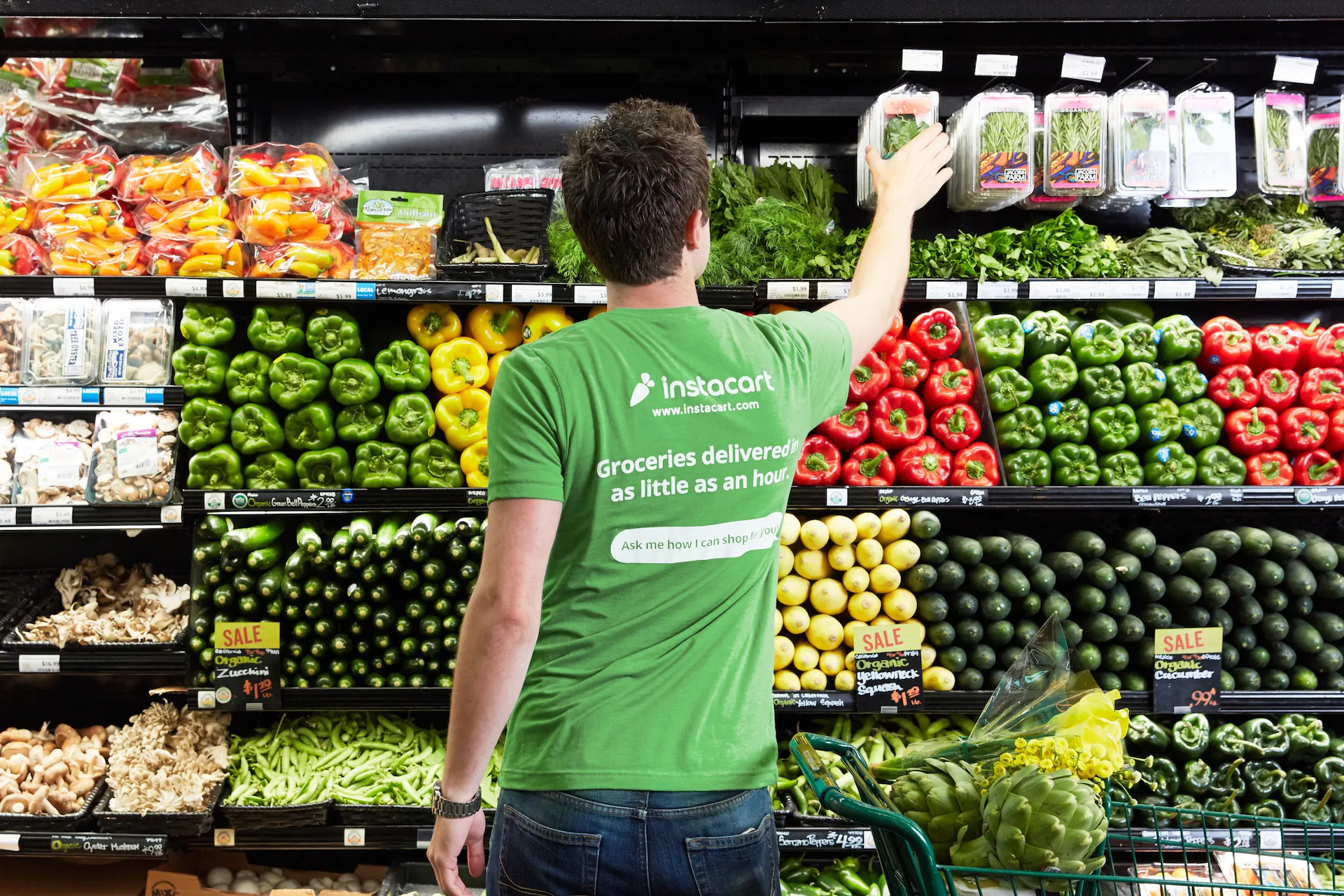This year I was fortunate enough to attend the Consumer Electronics Show (CES). It’s where all the most well-known tech companies gather to showcase their newest and shiniest tech products.
As a lifelong lover of gadgets, this has always been on the top of my personal to-do list. Footage from CES in years past is what inspired me to work in technology — although ten years ago I would have never dreamed of the capacity I now find myself in.
I only had three days to take everything in, and while the name-brand gadgets are what normally catch my eye, I spent almost none of my time paying attention to them. In fact, I’d say I spent just short of an hour in the main exhibit halls with flatscreen 8K LED TVs, VR roller coasters, electronic drum machines, and fancy decked out cars. These were all, no doubt, very interesting products. But they didn’t set my heart on fire.
Instead, I spent my time in a separate exhibit hall, connected by a bus route, called Eureka Park. As I came to find out, Eureka Park is where the startups and inventors set up small booths, crammed together, one after another, showcasing their ideas for a better future. I live tweeted my journey on day one, winding up in Eureka Park around noon. But by day two, I felt compelled to return to Eureka Park and continue sharing what I found. All-in-all, a few companies stood out the most — though I’m certain I missed quite a few along the way.
Neurocast
Neurocast created a keyboard application for smartphones that can track brain activity and detect multiple sclerosis (MS) episodes or dementia. The application only takes a week to gather enough training data to understand the way a user interacts with a keyboard. It is so precise it can tell when someone else is using the phone instead. While a standard test for MS involves a doctor running various physical examinations, this application can detect slight deviations that are invisible to a physician.
Hype Wearables
Hype Wearables created a physical trainer wearable armband that monitors your vitals like any other fitness tracker, but the trainer also monitors your body movements during exercises. This kind of device is designed to limit exercise-related injuries, making exercise safer and more efficient for people looking to get in shape, stay in shape, or train for competitions.
Meropy Robotics
This startup created a robot that flags weeds and pests, then precisely pins them on a GPS. A farmer can then go back and target pesticides and rodent control to that singular location. This robot could make crop dusting obsolete.
Oraigo
Oraigo is an Italian company that created a headband for long-haul truckers, capable of detecting when long-haul truck drivers have fallen asleep and wake them up before they veer into oncoming traffic.
Watersight
This company won the Smart Cities pitch competition. The company developed a water-monitoring device that can detect harmful pollutants and contaminants in real time, allowing cities to actively monitor water quality. With a resource as important to human life as water, there’s no question why Watersight won the day.
AI Guided
AI Guided created a waistband that can guide the sight impaired through synaptic pulses. The waistband uses a system of cameras that actively monitors and detects objects, other people, and obstacles in the user’s environment. It was clear to me, in only a few minutes with Dr. Steve Kong, co-founder of AI Guided, that the company was on a mission to improve people’s lives.
Here’s Why I Stuck to the Startups and Not the Showcases
Everything I took note of during my time at CES will change lives, and I was surprised that people spent more time at the main convention hall instead. Aside from a short shuttle ride to an off-site location, my time in Eureka Park was far more interesting.
That’s not to say the main halls and the new gadgets from well-known brands weren’t exciting. I eyed an electronic drum machine that I may end up looking for on the market. But when it comes to consumer electronics, the drum machine, the 8K LED TVs, and all the other toys a consumer could buy, nothing will not change lives quite like the folks in Eureka Park.
That’s because Eureka Park was the place for people trying to change the world for the better. It was where people were putting it all on the line to solve real problems.
In my view, that’s what tech and innovation is all about.
To see footage from my trip to CES, see our Instagram page here.





